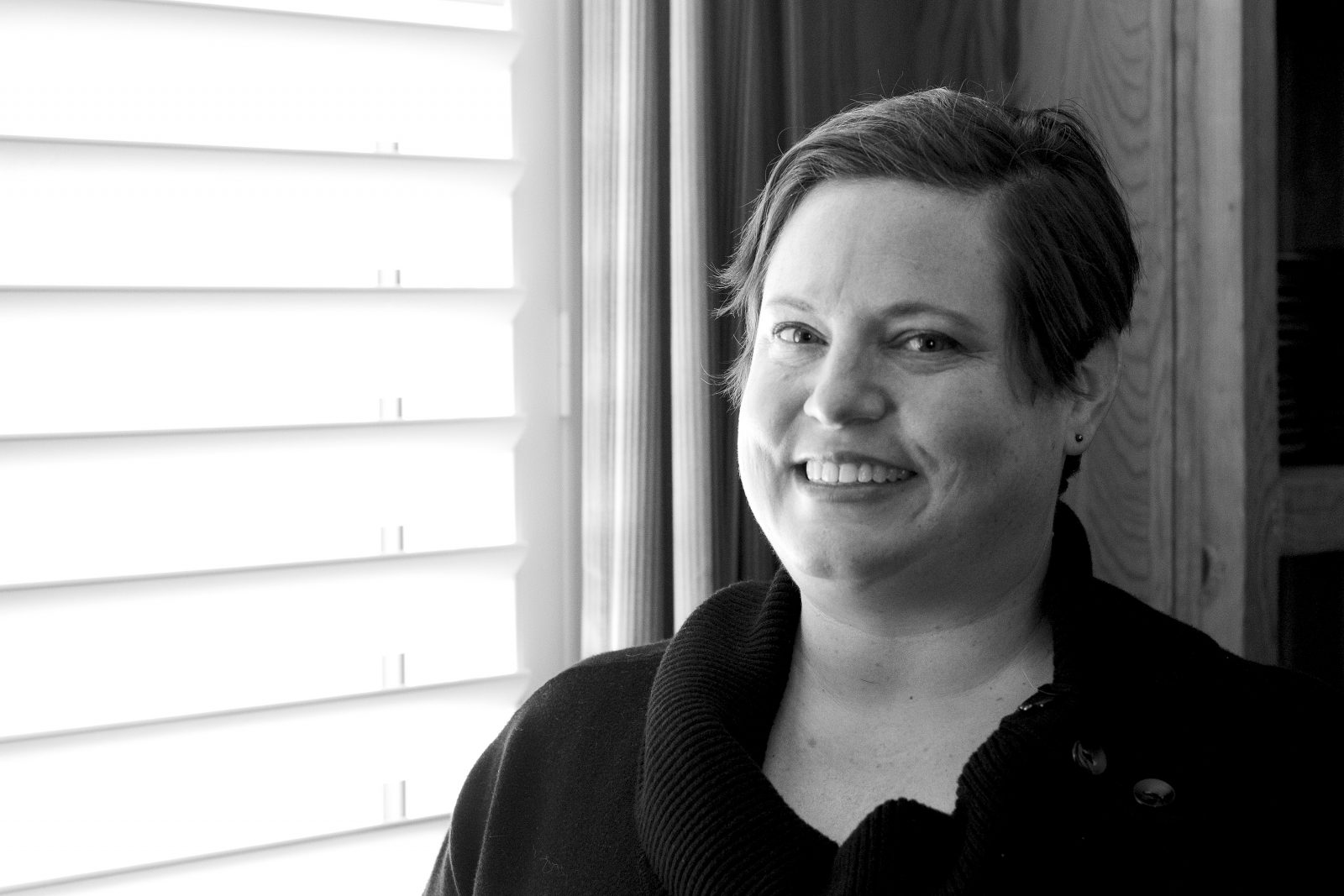Four-year-old Olivia loves to put together jigsaw puzzles, so much so that her teachers dubbed her the “puzzle expert.”
She’s usually a friendly girl, but as one of her classmates approaches to play with her, Olivia suddenly throws herself on the floor and screams, “no, this is my puzzle.”
Dealing with these sorts of complex situations in classrooms can be challenging for teachers who may not know where to turn for answers or resources.
Brock University educationalist Kimberly Maich is releasing a series of video tutorials depicting various scenarios that occur in inclusive classrooms. The videos explain concepts in child development, inclusion, collaboration and special needs, along with ways to resolve those situations.
Within inclusive classrooms are children living with physical and mental challenges, including autism, who are educated side-by-side with their non-challenged peers rather than being taught in separate classrooms.
“Inclusive education reflects the way the world is,” says Maich. “We’re all living together in one world; we’re not learning in whole different worlds with walls between us. The only walls we actually have are the ones we make ourselves.”
But such an approach can make teaching more complicated and sometimes frustrating.
“We need to keep supporting our classrooms and teachers and not just say, we’re doing inclusion, here you go,” says Maich, who is an associate professor in the Department of Teacher Education.
“It’s a big job to have 30 students in the classroom with all sorts of diversities. We need to support that, whether that’s in terms of supplying additional human resources or specialized teaching instruction that can work in the classroom or developing new skills in educators or whatever it takes.”
The first video in the series, “Olivia” outlines ways to teach social skills to the four-year-old, puzzle-loving Olivia and her classmates and is being used to re-develop EDUC 4P52 into a service learning course funding by a service learning grant.
“If these animations are successful, they could be used to teach strategies related to applied behaviour analysis in an engaging way, suitable for even online instruction,” says Maich.
The case studies depicted in the video series comes from a book Maich published in 2015 focusing on preschool and kindergarten students, titled Early Learners in Preschools and Kindergartens.
Maich has also recently published another book, Autism Spectrum Disorder in the Ontario Context.
“It is the first book of its kind to offer a thorough introduction to Autism Spectrum Disorder (ASD) in Ontario,” says Maich.
“Whenever I teach a course on special education or anything related to the topic, we get a lot information about U.S. legislation; there’s not much information about Canada and certainly there’s nothing specific to Ontario when it comes to a comprehensive book on ASD,” says Maich.
The book defines Autism Spectrum Disorder as being “characterized by impairments in social communication and the presence of restricted and repetitive behaviours.”
Targeted mainly for teachers, clinical students, education students and parents, the book opens with a brief history of ASD and current understandings of the condition. It contains strategies to address a range of ASD-related behaviours, describes research on ASD and outlines policies and programs in Ontario to help children, adults and families living with ASD.
Maich has written a number of studies and books on ASD and inclusive education. One study she co-wrote with PhD student Carmen Hall, Implementing iPads in the Inclusive Classroom Setting, was included in SAGE Publishing’s top articles of 2016 for special education.
Watch the first video in the series below:









